Ephemera .
1. Something of no lasting significance.
2. Ephemera plural : paper items (such as posters, broadsides, and tickets) that were originally meant to be discarded after use but have since become collectibles.
Over the years I have acquired a number of large collections, and most included a significant amount of Ephemera. Important collections include those of John Skinner, Verne Patterson, Schilling, and locally terms Adrian Kuys. I have had so much that I also regarded it as things of no lasting significance. However time has proved me wrong, and many items have proved significant in showing connections between people and events. I look back now and realize that items I have sold were more significant and should have been properly documented before sale.
I remember receiving the collection of John Skinner some time before the first National Show. John over many years had set about collecting for the Wisconsin Department of Agriculture, every piece of newspaper or magazine or publication mentioning poultry. I packed up a few hundred pages of pictures covers and placed them in bags to sell at the national show for 1.00 or 2.00 each. I couldnt believe the bun fight and the queue, all impatient to get some. I must admit to thinking it a bit weird. 20 years on I understand it, but have still made mistakes, selling recently newspapers and magazines and realizing later I had not documented them properly. At the same time I am delighted to see the good use and right place in their new homes.
So I decided that I better make at least a photo list of the remaining items before that also will be dispersed. Its a picture list with the brief descriptions but in a folder with a general title. I am sure some are less that ideally categorised. There are many items larger than just single sheets.
Items in date order. 1800-1930
1931-1912
1912-1931
1931-1985
1985-2023
Advertising,
APA
Booklets
Skinner Clippings
Schilling
Misc
Fancier
Industry
Mating Lists
Educational and science
South Australia
Victoria
Watch this space for updates
- Details
- Written by Super User
- Category: Uncategorised
- Hits: 3209
Compton was commissioned at a time when good paper was scarce. So the cut of paper was the most economical. This resulted in many of the copies, not all, have grain which runs across the page, not from top to bottom. In an ideal world all books would have paper where the grain runs from top of the page to the bottom of the page and it would be called long grain. This means in the reading of the book, the page is being turned along the most flexible direction, that is top to bottom.
These pics show some of that inn action and I hope will help to describe the problem and enable the best copies to be selected.
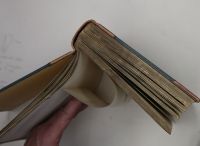 compton leather showing stiff paper folded across grain
compton leather showing stiff paper folded across grain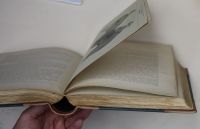 compton leather shows no drape
compton leather shows no drape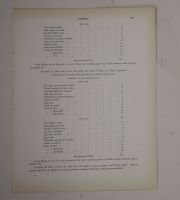 compton page 1
compton page 1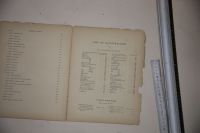 compton page 2 flat
compton page 2 flat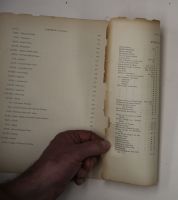 compton page 2 folded lonways but cross grain
compton page 2 folded lonways but cross grain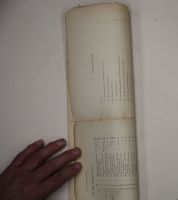 compton page 2 foled long grain across page
compton page 2 foled long grain across page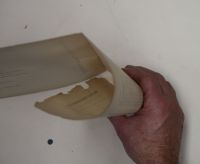 compton page 2 showing cross grain folded long page
compton page 2 showing cross grain folded long page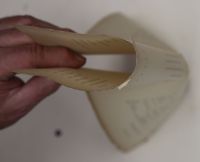 compton page 2 showing drape long grain
compton page 2 showing drape long grain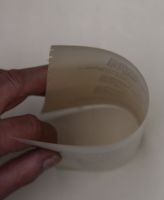 compton page cross grain
compton page cross grain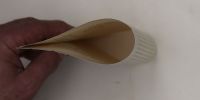 compton page folded long grain
compton page folded long grain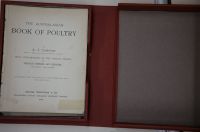 compton red box
compton red box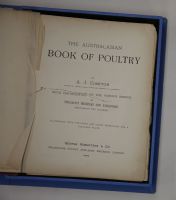 comptonbluebox
comptonbluebox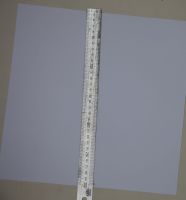 copy paper 1
copy paper 1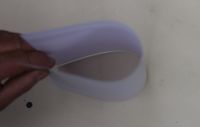 cross grain
cross grain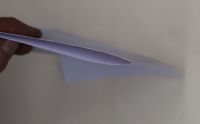 folded cross
folded cross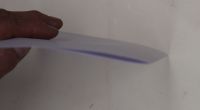 folded long
folded long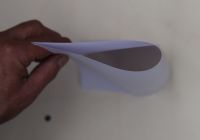 grain long
grain long
- Details
- Written by Super User
- Category: Uncategorised
- Hits: 3290
